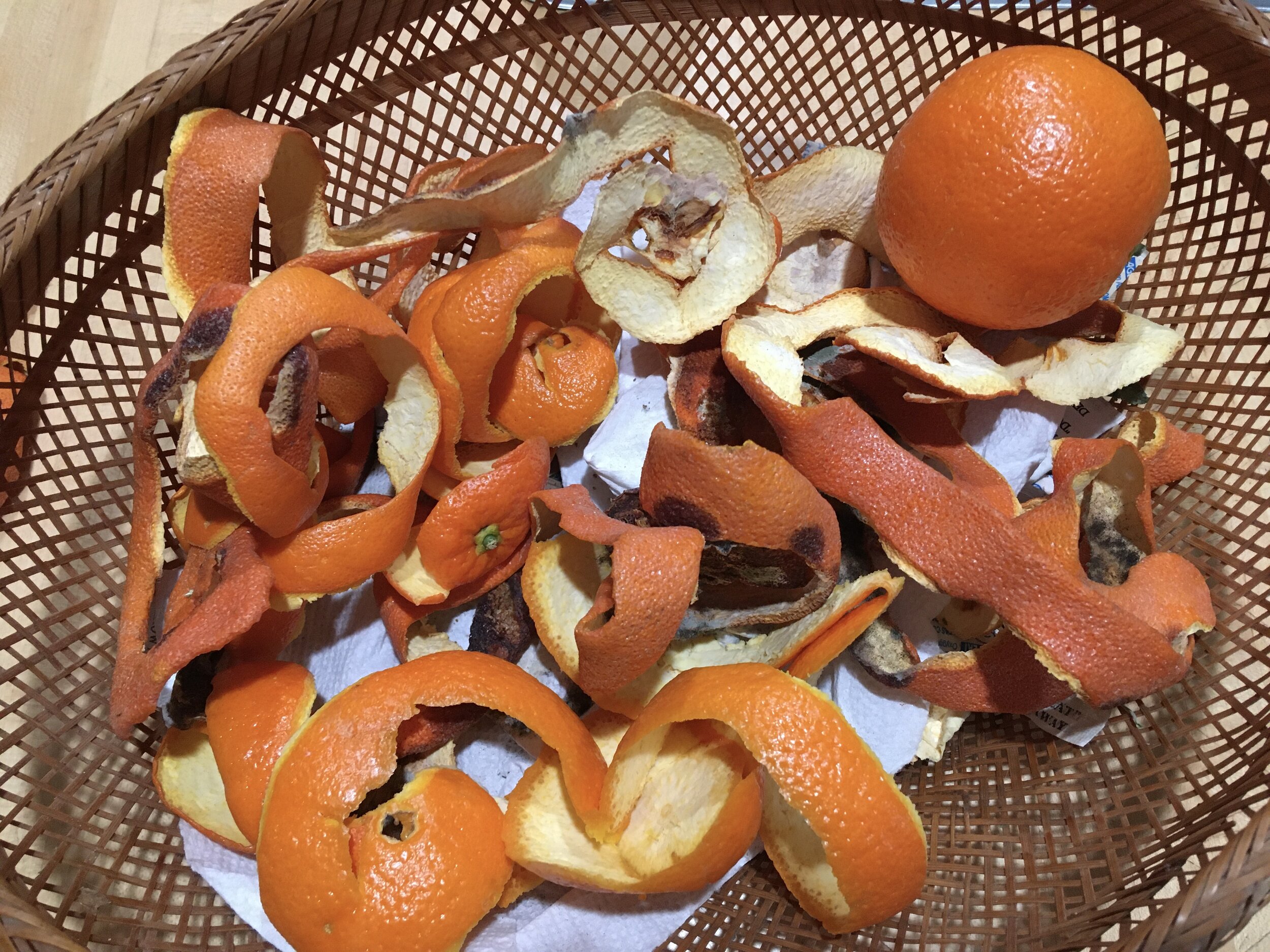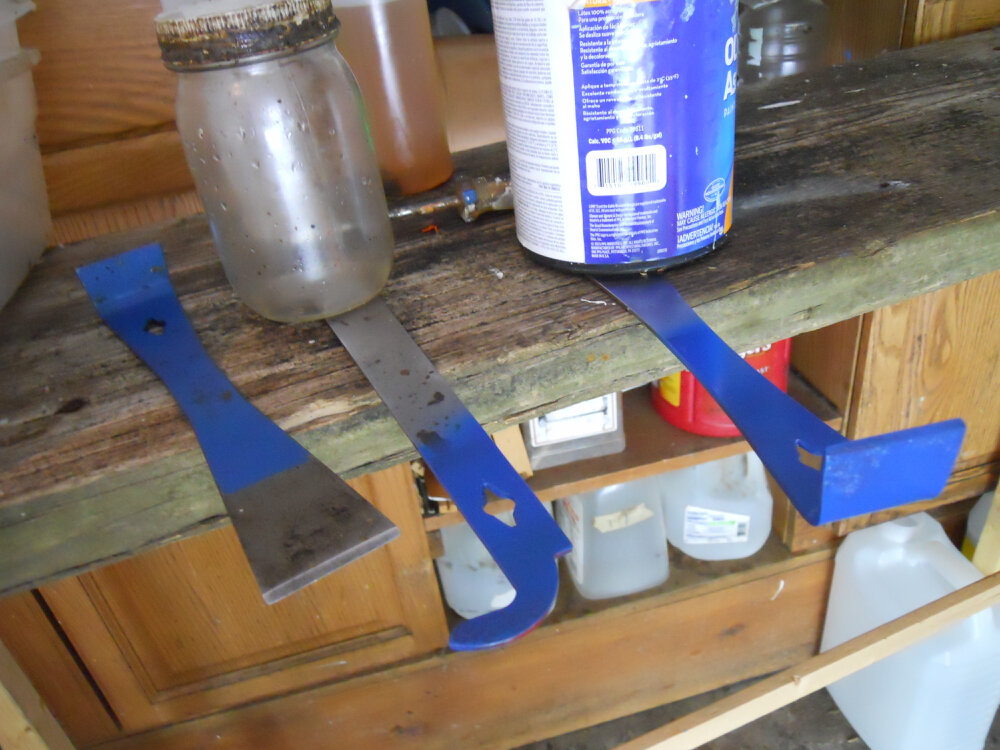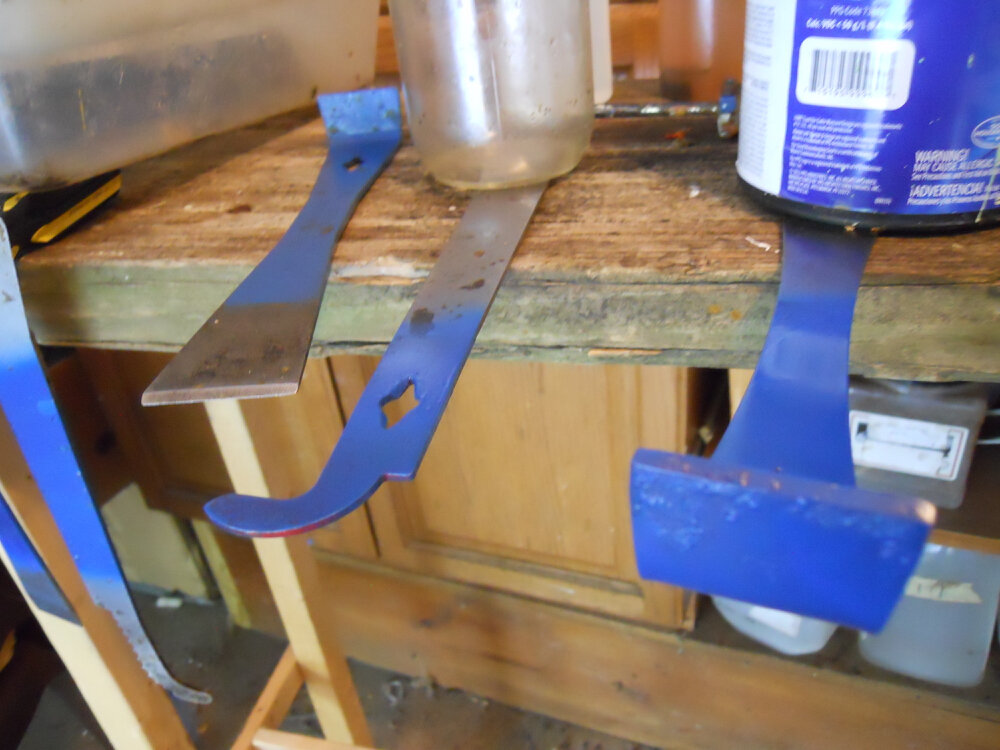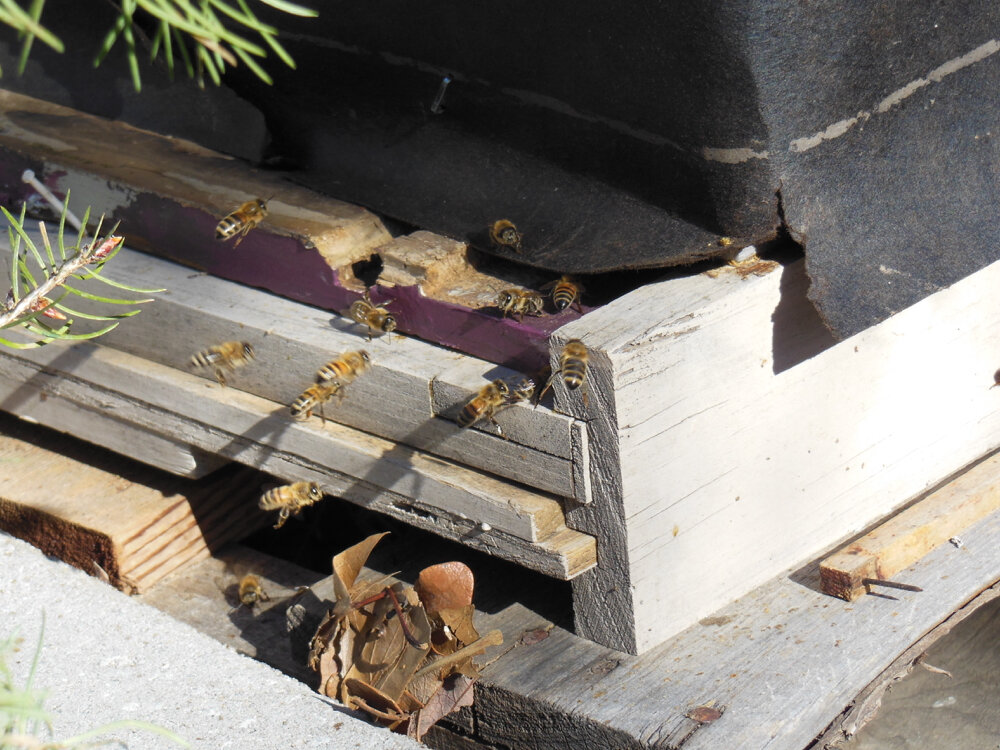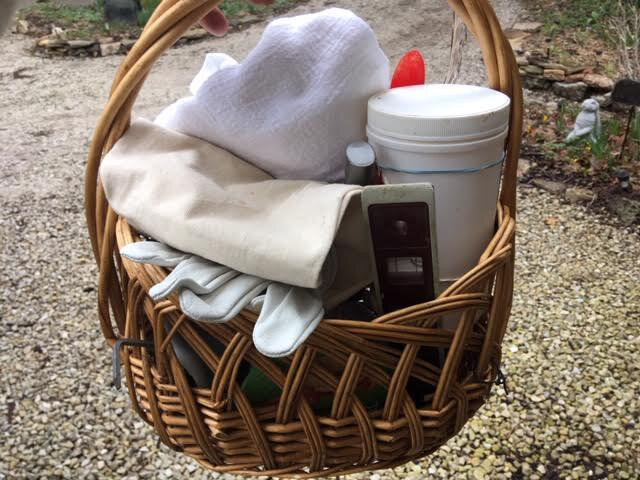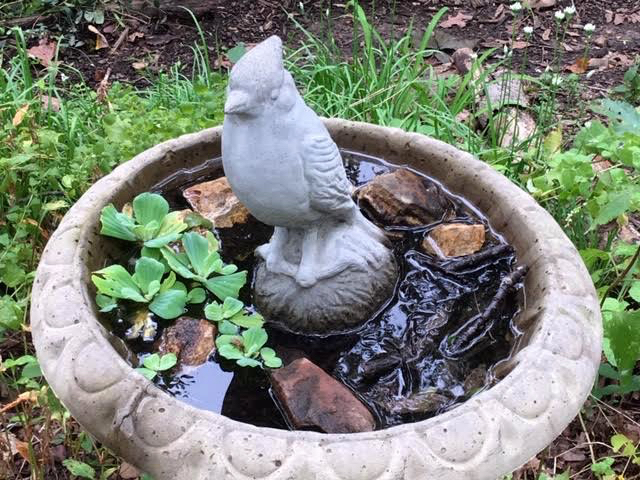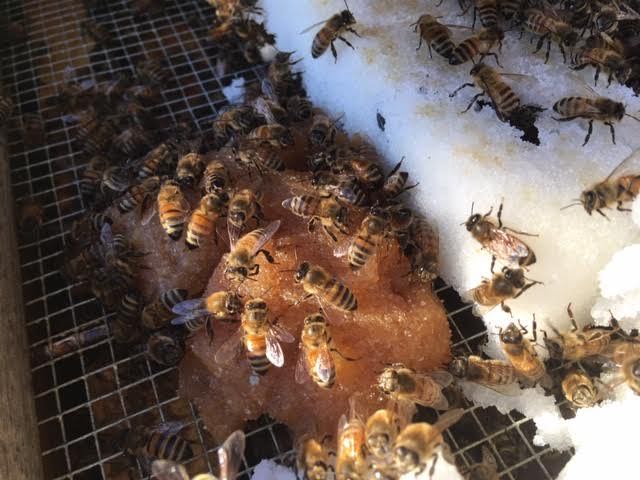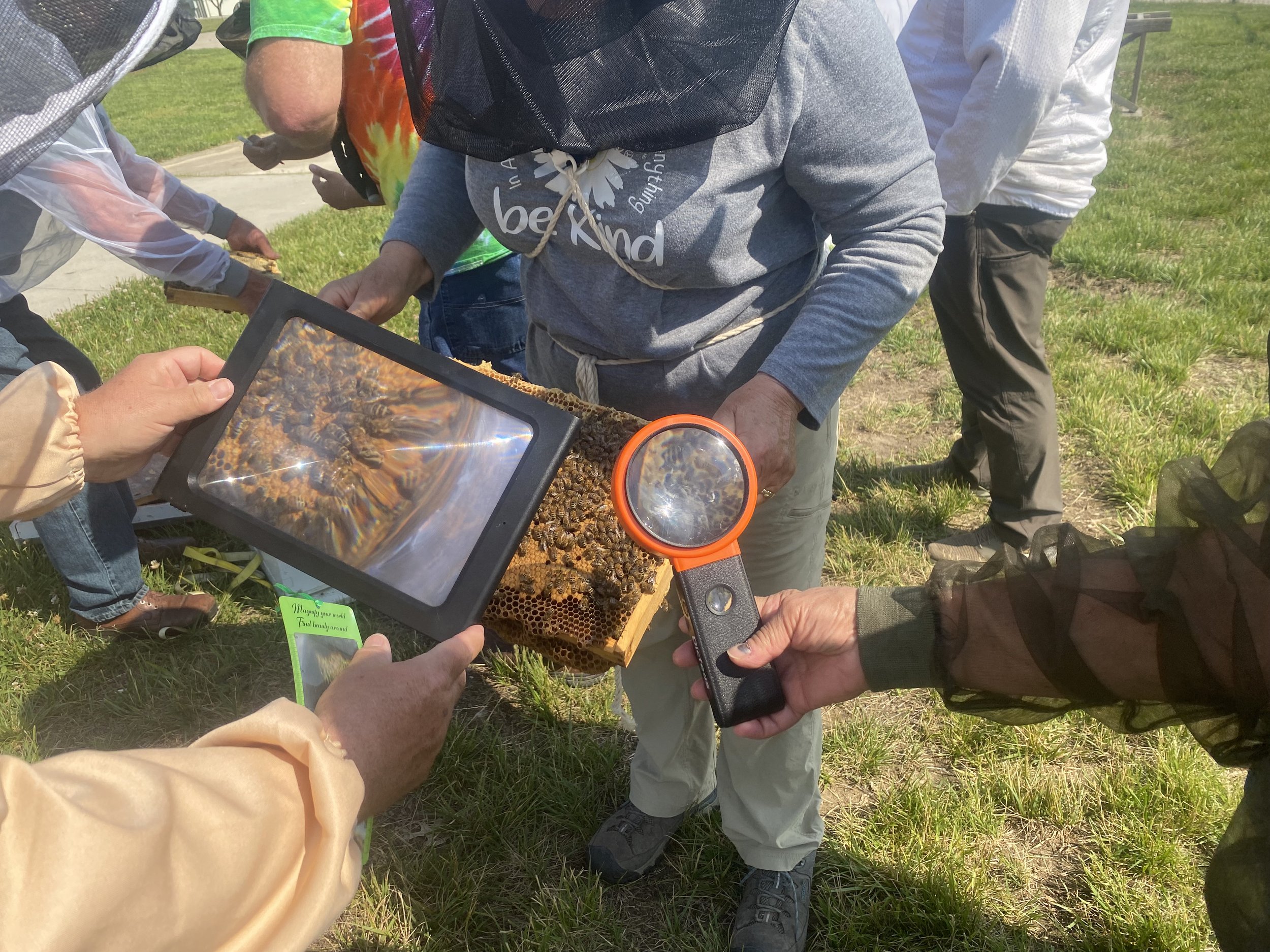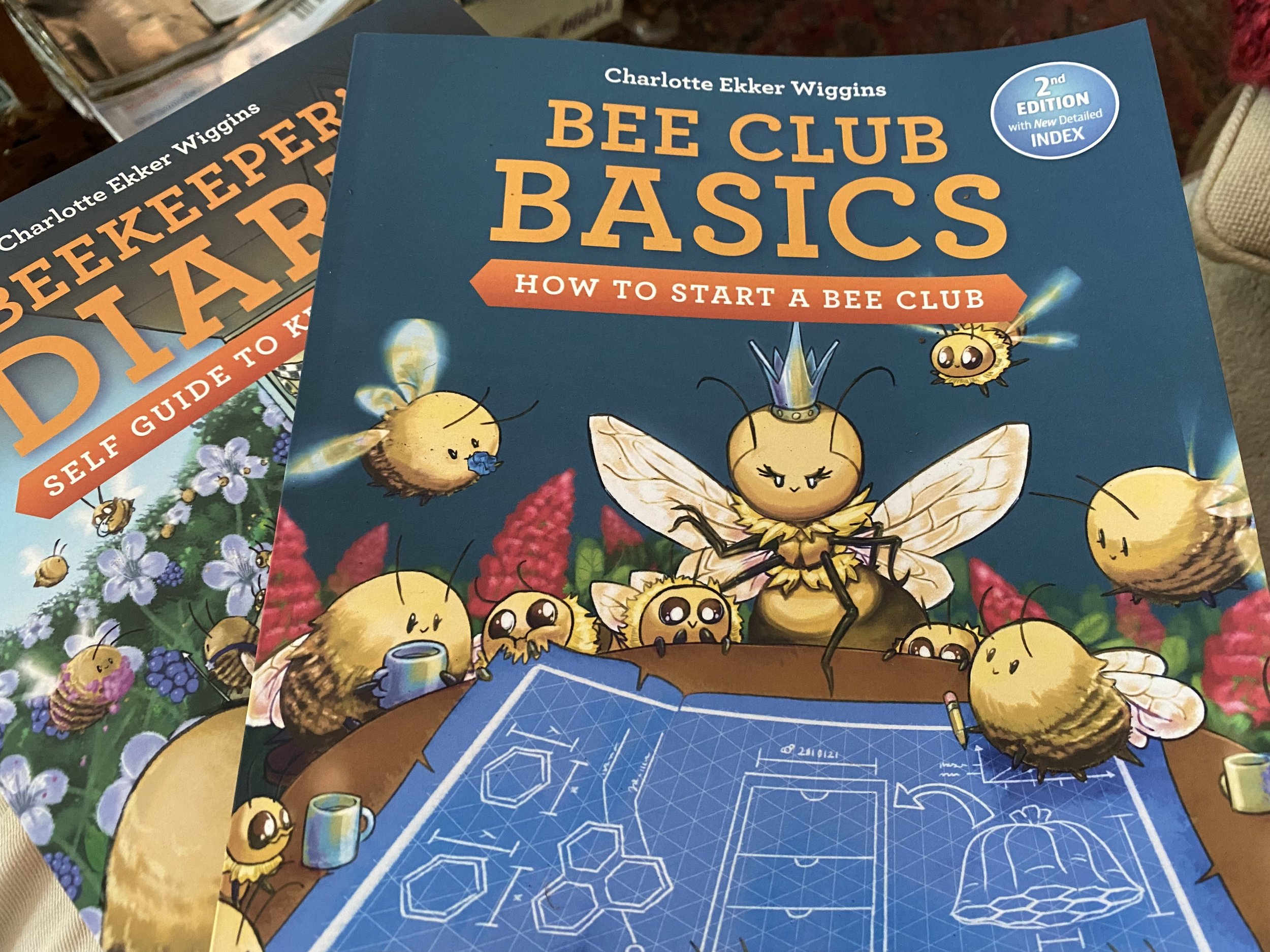Orange Peel Fire Starters
/Dry orange peels in a basket on top of refrigerator. (Photo by Charlotte Ekker Wiggins)
Orange Peel Fire Starters
As we all boost our immunity by eating more oranges, save those orange peels to repurpose them into an excellent beekeeping smoker starter.
There are a number of fire starting products on the market, from small pellets to small pieces of wood that remind me of fire starters used for fireplaces. My mother used to make some from pinecones dipped in wax, which is a good reminder of how flammable wax can be.
It doesn’t take much.
After peeling the orange, place the peel in a basket lined with paper. Slip on top of your refrigerator to dry. Once the peel is dry, you can easily break off small pieces and use them to start the fire in your beekeeping smoker.
You won’t need much. Lighting a few dry orange peels will get a fire started long enough to catch other fuel you put in the smoker; shredded newspapers, balls of paper, twigs - I am partial to dry leaves myself.
The most challenging part of getting a smoker going is getting it started. This is a nice way to repurpose those orange peels and get a leg up on having your best friend along as you visit your bees in your garden.
Charlotte

